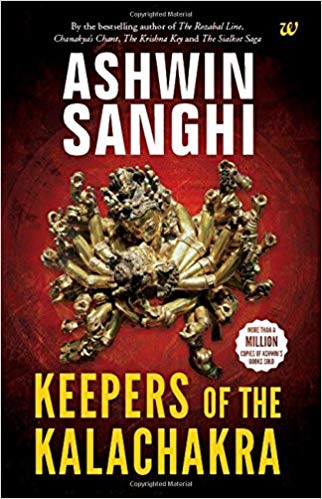Dan Brown probably had no idea of the consequences that his books, Angels and Demons among them, would have apart from an author’s expectation that they would sell well, and earn him a fair amount of money. They did that in spades; but they did more than that. They spawned a cult, a new genre of novels that were, if anything, as successful as Brown’s own books in the regions where they were marketed.
One of the outstanding authors of books in this genre is Ashwin Sanghi’s The Rozabal Line (remember the ‘Rose Line’ in The Da Vinci Code and the key role of ‘Ancient Rosslyn’ in that book?), followed by Chanakya’s Chant, The Krishna Key and the one immediately before the novel being reviewed, The Sialkot Saga, published in 2016, have been runaway bestsellers.
There is no reason to believe that this book, Keepers of the Kalachakra, will be any different. From the very first page right up to the end, Sanghi keeps one breathless by the sheer enormity of the canvas against which the events in the book play out. Spiritual beliefs, philosophy, myth and legend from the western religions and traditions, to those of the East, especially India, and to the regions of Asia covered by Buddhist philosophy and beliefs are only some of the elements the author uses. In equal measure there is quantum physics, pure mathematics, astronomy and astrophysics, economics, politics and—inevitably—the conflict between what is perceived as evil and what as good, except that Sanghi very cleverly avoids the standard moral assumptions and moves one step back from them to a rational resolution of the apocalyptic events that move the book along, even if it is grounded in some abiding tenets of Hindu spiritual thought.

